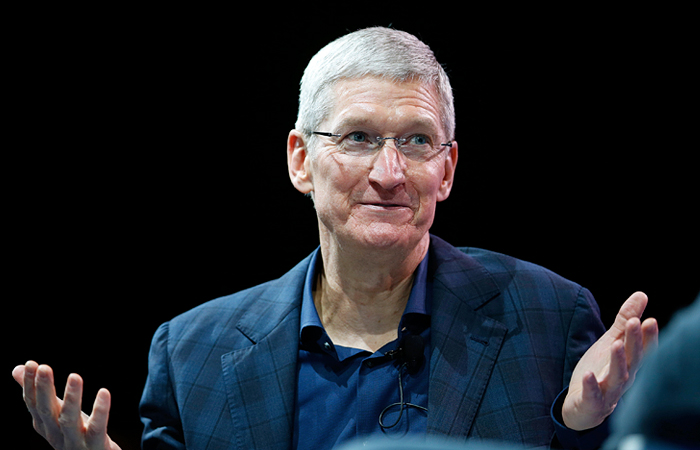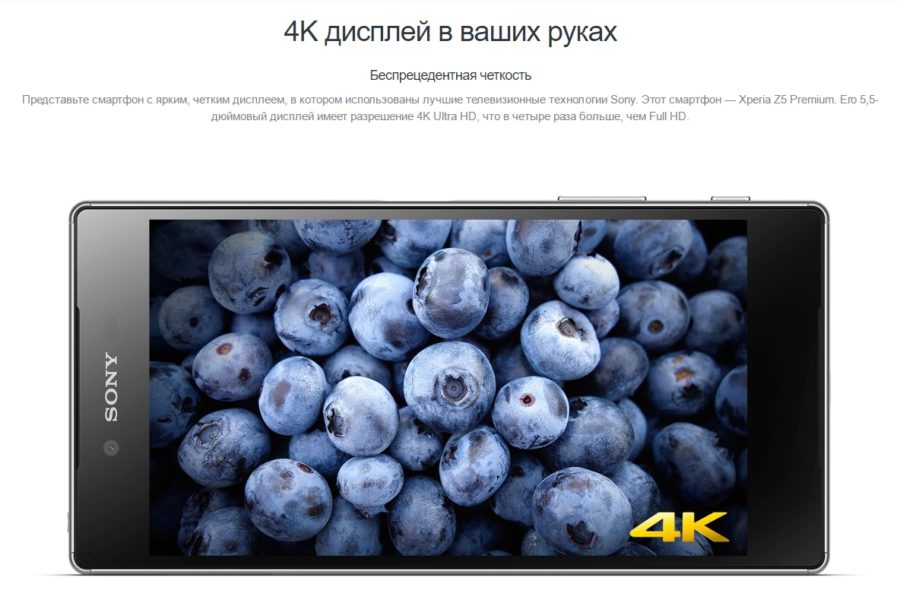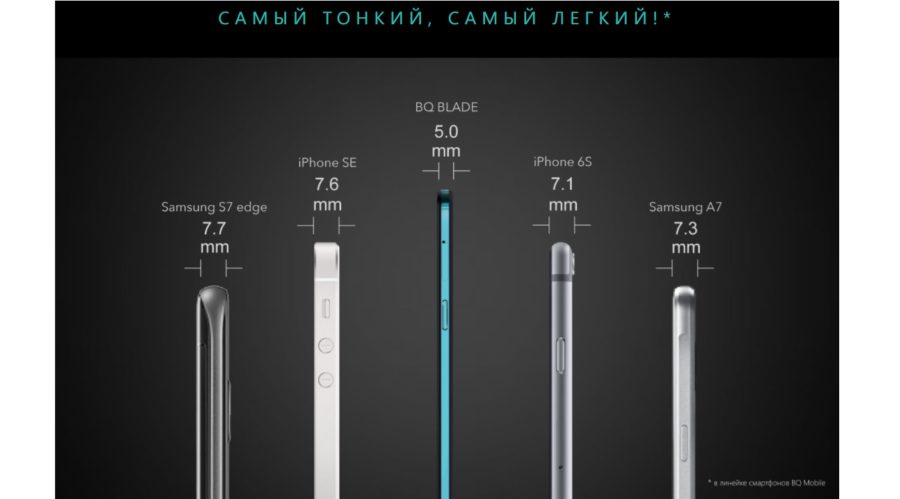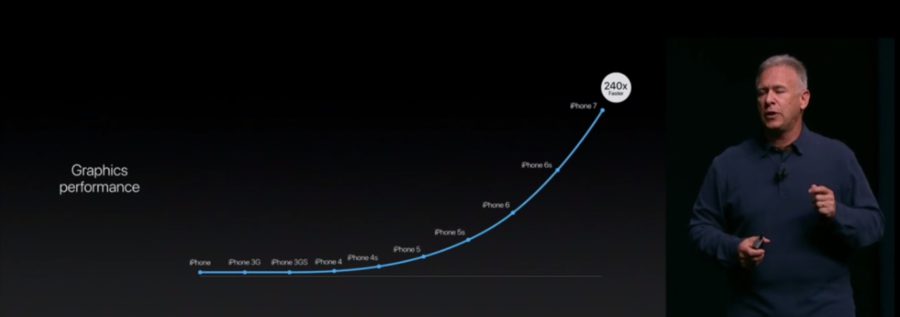Five examples of companies walking on the edge: cheating, manipulating, falsifying facts, but not getting to the point of deceiving.

Life is so
There is a lot of competition in the smartphone market, so companies go to extremes. They manipulate numbers, use cunning language in advertising and mislead potential buyers – they do everything to sell you another smartphone.
Many walk the fine line between ruse and lies. But some companies cross the line. The deception is noticed quickly, and the information spreads on the Internet. The most interesting thing is that even large manufacturers are guilty of this.
A similar case was with the ad for Nokia 920: the video, allegedly filmed with a brand new flagship, was actually filmed with a professional camera with stabilization.
But this is an example of deception. It is much more interesting when companies are cunning to attract attention to their product, but at the same time they cannot be accused of lying – they are balancing on the brink.
I am sometimes amazed at the ingenuity of marketers when I realize that I have fallen for another trick. I'll tell you about them.
Defective zoom
On June 21, OnePlus 5 was presented, you can read in detail about the smartphone in a note from Maxim Lubin.
The main feature of the flagship is a dual camera with 2x zoom. It, like the design, was openly copied from iPhone 7 Plus, but it was not done to the end.
Apple managed to fit two lenses with focal lengths of 28 and 56 mm – an honest optical zoom works twice. In OnePlus 5, the optical zoom works only up to 1.6x magnification, and then software zoom works. OnePlus co-founder Carl Pei told about this Twitter.
Optical zoom is at 1.6x, the remaining 0.4x is realized through SmartCapture multiframe technology.
– Carl Pei (@getpeid) June 21, 2017
Only after his message, I revised the footage from the presentation and materials on the official website. Everywhere they write about 2x magnification, but not a word about optical zoom. But I could not even think that we were talking about a programmable magnification and automatically decided that the optics were fully functional there. The trick worked.
They cannot be accused of lying, but the sediment remains.
Photo at Huawei P9
In July 2016, as part of an advertising campaign to promote the new flagship Huawei P9, the company published a post on Google+ with a beautiful photo.
The message to the picture has the following content:
We caught a beautiful sunrise with Deliciously Ella (note – name of the blogger girl). Huawei P9 with Leica Dual Camera makes shooting in low light a pleasure. Take a photo with your smartphone and share your sunset image.

From the message, it can be assumed that the picture was taken on Huawei P9 with its cameras from Leica, and that would be logical. But users looked at EXIF images and found that the photo was taken with a Canon 5D Mark III.
We return to the message. Yes, indeed, it does not say that the photo was taken on a smartphone. Although many thought so. Sly.
But Huawei admitted the mistake and apologized:
We acknowledge that we should have more clearly formulated the caption for this photograph. We didn't want to mislead our readers.
Game with resolution
The struggle for high-resolution smartphone screens ended a year ago. One of the brightest representatives of this period and, at the same time, the record holder is the Sony Xperia Z5 Premium with its 4K display.
Sounds cool: when not all huge TVs are equipped with so many pixels, but here on a 5.5-inch display, a resolution of 3840×2160 pixels. This is the same pixel density of 807 ppi, no Retina displays are comparable.
But Sony forgot to clarify one point: 4K resolution only works when viewing videos and photos. In applications, games, on the working screen, the smartphone displayed a picture in Full HD. The description on the official Sony Xperia Z5 Premium page does not mention this.

The company explained that the permission was limited to save battery power. This is logical, but Sony put a lot of emphasis in advertising on 4K resolution. But it turned out that it does not always work.
It's worth noting that Sony isn't alone in playing with display resolution. The new Galaxy S8 and S8 + run at 2220×1080 by default, rather than the maximum 2960×1440. It can be switched in the settings, but I'm sure very few people pay attention to it.
The thinnest
In July last year, there was another scandal – the Russian company Bright & Quick on its website called the 5mm smartphone BQ Blade the thinnest. There is nothing criminal in this, but it is a lie. At the same time, it is a violation of the Advertising Law, since no research has been carried out by independent companies.
The supposedly thinnest BQ Blade is actually a complete copy of the Micromax Canvas Silver 5 smartphone – the same specifications and design. But the Micromax smartphone was sold in Russia a year before BQ. But a year before them there were Fly Tornado Slim and Gionee Elife S5.1 – it was he who got into the Guinness Book of Records as the thinnest smartphone. Until now, it has not been bypassed.

After being accused of deception, Bright & Quick added a footnote to the advertising slogan – the thinnest in the line of smartphones BQ Mobile. It looks funny.
Loud numbers that mean nothing
Companies love to advertise devices with numbers: 8 cores, 20 megapixels, 5,000 mAh battery. But if these numbers mean anything, then sometimes manufacturers provide absolutely useless information under the guise of something incredible.

Even Apple does this. At the presentation iPhone 7 they compared the performance with the first iPhone – 'The graphics of this smartphone are 240 times more powerful!'. The figure is incredible, but it is worth remembering that the first iPhone came out 9 years ago – the information immediately loses weight.
Most often, under loud numbers, insignificant innovations are hidden. Apple compares the performance of the new flagship with the old smartphone, and if you look at the difference between iPhone 7 and iPhone 6S – in everyday work the difference is insignificant, and in benchmarks about 30% . But that doesn't sound as cool as '240x better'.
These are the most innocent tricks, but there is no benefit from such information, just manipulation of facts, which Apple and other companies love to do.
Don't trust anyone?
It is definitely not worth becoming paranoid. Don't forget that the main goal of all companies is to make money from you. So if a manufacturer does something good, then most likely this is a clear plan to promote the brand or increase self-loyalty. Therefore, all information about a product should be viewed with suspicion, especially on behalf of its manufacturer.
These are just a few examples from my memory. Share tricks from other companies that you fall for yourself or just collided with.
